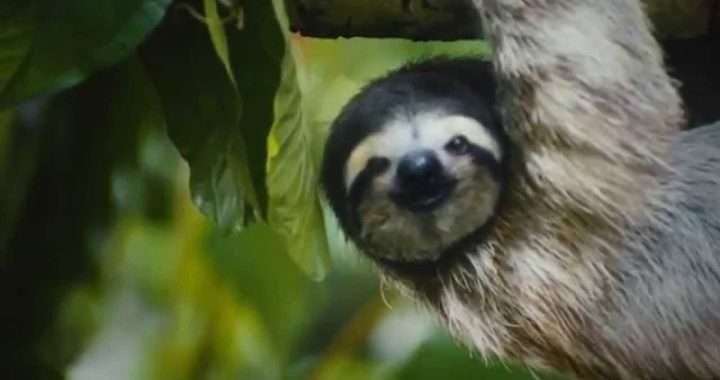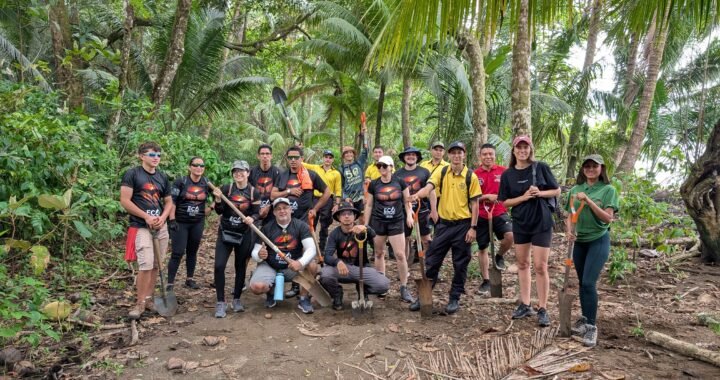DOES YOUR PET HAVE FLEAS?
AUTHOR: Kim Hurley
06.01.2023
A long time ago, fleas were a part of everyday life for most people.Millions died from diseases spread by fleas like the bubonic plague. As time passed, some progress was made with chemical dipsand bombs. Neither was 100% successful. It wasn't until 1989 that asignificant breakthrough in the battle occurred! Parasitologists (experts that study parasites such as fleas) figured out that fleas don't live inthe environment – they live on the pet!
In 1993, the first symposium discussing this great war on the pesky parasites was held. In 1994, Lufenuron (Program) was introduced and by 1996, Imidacloprid (used in many insecticides) and Fipronil (Frontline) joined the fight. This was the first time we had products that worked against fleas!
Costa Rica is the perfect warm and humid environment for fleas to thrive. Fleas are hitchhikers. Your flip flop, pants leg, beach towel, etc. provide easy access into your house. Since many of us have open-air homes, fleas have an open invitation to come right in!
Adult fleas are dark reddish-brown insects that measure less than 1/5 of an inch. They have strong legs that permit them to jump up to 100 times their body length, close to 2 feet! To move through your pet's fur and keep from being dislodged, they have backward-directed bristles on their legs and thin, laterally flattened bodies.
Once on your pet, a flea begins to feed immediately by ingesting your pet's blood, usually within 3 minutes! Egg production starts within twenty – twenty-four hours of female fleas taking this first blood meal.
Fleas have a life cycle that has four stages:
- Eggs
- Larvae
- Pupae (like a cocoon)
- Adult flea
Under most household conditions, dog and cat fleas will complete their life cycle in 3 - 4 weeks. However, depending on temperature and humidity, the entire cycle can be completed in 12 - 14 days!
EGG STAGE
Flea eggs are pearly white ovals with rounded ends. They are not visible, measuring about 1/50 of an inch. Although laid in the hair coat of the host pet, the eggs are not sticky. They readily fall off into the environment in areas frequented by your pet. A female flea will lay eggs 24 to 48 hours after she has a blood meal from your pet and mates. Then, she can lay from 20 - 50 eggs a day and more than 2,000 over a lifetime! Eggs usually hatch in 1 - 6 days.
LARVAL STAGE
Newly hatched flea larvae are slender, white, segmented creatures sparsely covered with short hairs. They, too, are not visible, measuring 1/5 of an inch. The larvae feed on the environment's organic debris, including an adult flea's feces. The larval stage usually lasts 5 - 11 days. Flea larvae avoid light, and they move downward in response to gravity. As a result, you can find them in carpet fibers, cracks in wooden floors and concrete, etc.
PUPAL STAGE
Mature larvae change into pupae inside a whitish, loosely spun, silk-like cocoon. Within 7 - 14 days, the pupae usually develop. The length of this stage varies from 7 - 28 days. However, a fully developed flea can stay inside the cocoon for several days to several weeks (up to 180 days) until stimulated to emerge.
Physical pressure, carbon dioxide, vibration, and heat can all stimulate emergence. To fleas, these stimuli signal the possible arrival of a suitable host. As soon as an adult flea emerges from its cocoon, it immediately begins searching for a host for a blood meal. In contrast to the larvae, adults orient toward the light and move upward, looking for your pet's warm furry body.
When you see your pet scratching, fleas are a strong possibility. Look for thinning hair on their stomachs and rear end area, especially near the tail. To determine if your pet has fleas it is helpful to rub through their fur, looking for signs such as feces (we like to call "flea dirt") which looks like pepper. Also, look where they sleep for similar signs.
Remember, if liquid hits "flea dirt," it will turn reddish brown because it contains your pet's blood.
Your local veterinarian can provide different topical and oral products to kill fleas and help keep them off your pet. It may be wise to also seek a groomer for a flea bath to wash all the "flea dirt" down the drain.
Natural products are also available. If you need help, please feel free to contact me for advice.
About Ballena Tales
Ballena Tales is a free travel guide and comprehensive online magazine for travellers, locals and investors. It covers everything on the Costa Ballena at the south pacific of Costa Rica in the Osa region. Ballena Tales is a multilingual, colourful magazine that publishes it's digital version every two months.
We present our local community throughout interviews with pioneers, writers and artists. Moreover do we provide information about restaurants, hotels, experiences, nature and wildlife at the southpacific region in Costa Rica.

Busting Myths About Costa Rica Destination, Free Costa Rica Magazine #99
We’ve recently seen misinformation circulating suggesting that Costa Rica is an expensive destination.
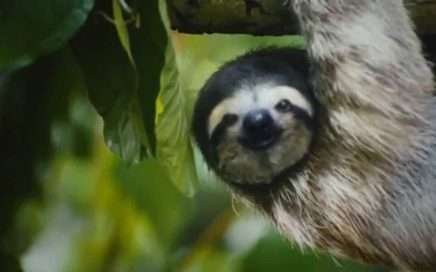
Debunking myths about Costa Rica’s South Pacific destination
There is false information circulating that suggests the South Pacific Costa Rica is an expensive destination
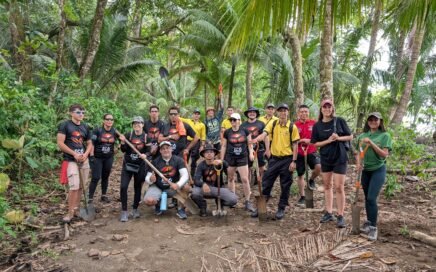
Beach Clean Up in Uvita: Community Spirit in Action at Marino Ballena National Park
Beach Clean Up in Uvita Community Spirit in Action at Marino Ballena National Park Author: Sophie Schindler

Costa Rica’s First 100% Gluten-Free Gourmet Restaurant
Costa Rica’s First 100% Gluten-Free Gourmet Restaurant La Palapa Restaurant: Indulgence Without Compromise Travelers come to Costa Rica seeking nature, adventure – and memorable dining. At Cuna del Ángel, a boutique hotel nestled in the […]

Adventure Begins Where Comfort Ends: Our Rain-Soaked Snorkeling Tour to Caño Island
What I Learned from Traveling in the Rain or Why a Plastic Cape Can Teach Humility Our Snorkeling Tour to Caño Island
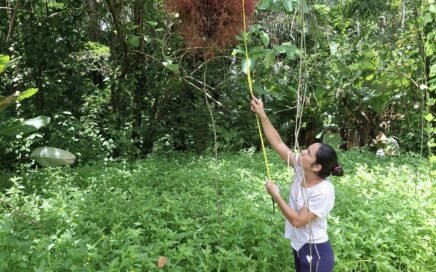
Increasing Biodiversity in the Path of the Tapir Biological Corridor
The area including the Path of the Tapir Biological Corridor in Costa Rica, is one of the few places with increasing biodiversity.
What to do, Where to eat and Where to stay…
South Pacific Costa Rica Beaches
Looking for business directories, maps or other printouts? We’ve got that too!
Dare to Discover and Enjoy…
Check out…
Need help planning your next trip to Costa Rica? We look forward to help you!
Email: carlos@ballenatales.com
Phone: +(506) 8946 7134 or +(506) 8914 1568
Skype: ballenatalestravel

